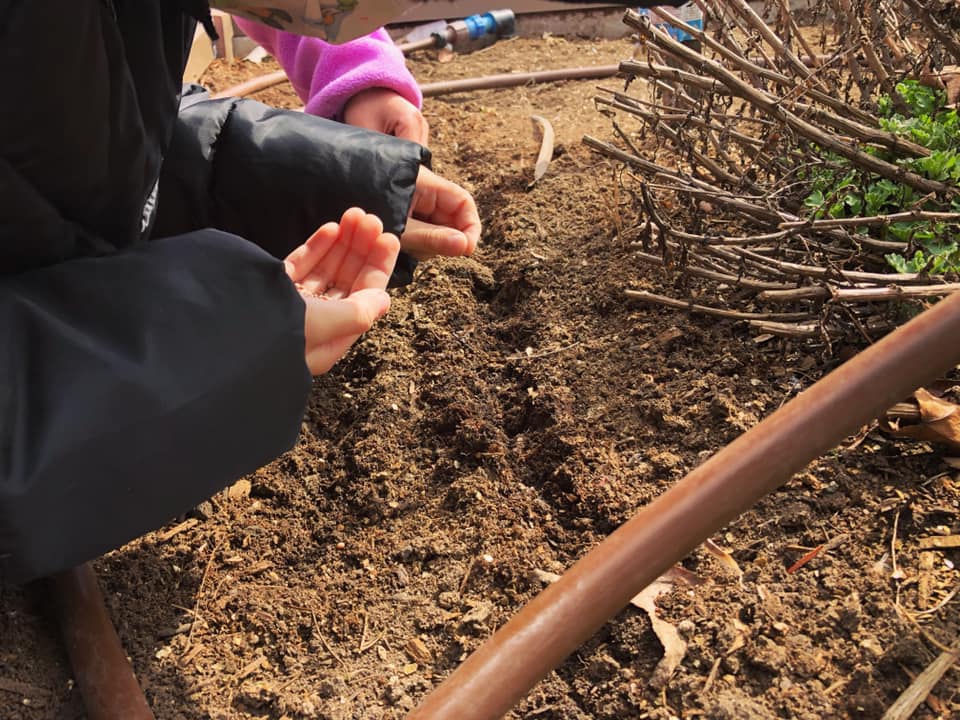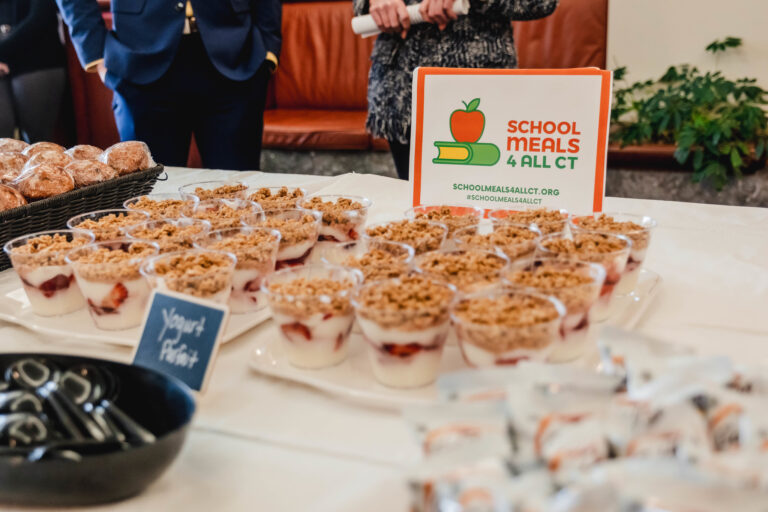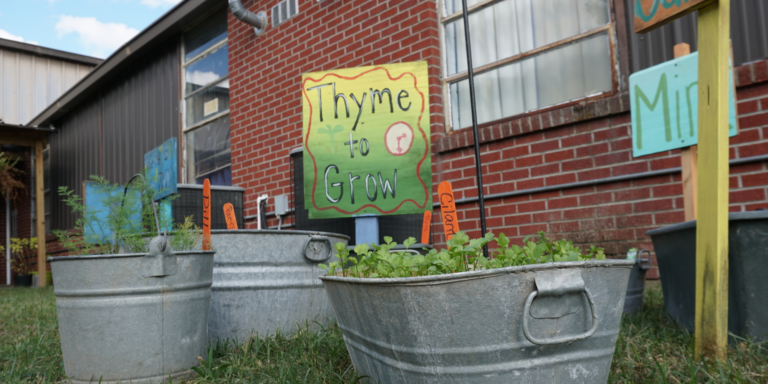Keeping Kids Fed: Your April Policy Updates
School meals for all, the future of CNR, supply chain progress, and other updates this month from our policy team.
School meals for all, the future of CNR, supply chain progress, and other updates this month from our policy team.

This month, the child nutrition community is keeping tabs on the future of school meals for all, Child Nutrition Reauthorization, and a number of other programs that are critical in keeping kids fed through the pandemic and beyond. Read on to learn what FoodCorps is paying close attention to right now.
The update: Last month, the Senate passed a $1.5 trillion spending bill that did not include an extension of school meal waivers. This means that free school meals for all—which has kept millions of kids fed throughout the pandemic—could end on June 30.
But there is a way forward. Sen. Debbie Stabenow (D-MI) and Sen. Lisa Murkowski (R-AK) introduced the bipartisan “Support Kids Not Red Tape Act,” with support from 50 other senators, to extend these critical waivers through September 2023.
Why this matters: In pre-pandemic times, the National School Lunch Program fed 30 million children every day. And making school meals free for all students ensures that every kid is nourished and ready to learn, regardless of their family’s income.
School meal programs have still not recovered from the ongoing pandemic. According to a new USDA report, 92% of school meals providers are still experiencing challenges due to supply chain and labor shortages. Without Congress’ immediate action to extend these critical waivers, many schools and summer meal programs will be forced to shut down, putting millions of kids at risk of going hungry.
What you can do: Urge your senators to prioritize children’s well-being, not red tape.
Related reads:
The update: Later this spring, Congress may consider Child Nutrition Reauthorization—the process Congress uses to update the laws governing school meals and other child nutrition programs. FoodCorps is working closely with Congressional leaders—the House Education and Labor Committee and the Senate Agriculture Committee—as they consider changes to the child nutrition programs.
Why this matters: CNR is an opportunity to help make sure more kids, schools, and communities can access healthy, nourishing, and delicious fresh foods, and to make positive changes that push some of the government’s investments in a healthier direction. While child nutrition programs are still operating, these updates are long overdue.
What you can do: Sign up for policy alerts and we will let you know when it is time to raise your voice in support of CNR. In the meantime, read our What Is CNR? blog post to learn more about the issue.
The update: The USDA continues to make investments in developing fair, competitive agricultural supply chains and to support communities in building food system resilience. The latest: a $200 million investment for the Local Food for Schools Cooperative Agreement.
Why this matters: This program enables state and Tribal entities to purchase local food for school meal programs, prioritizing food purchases from suppliers who are socially disadvantaged farmers and ranchers—those who have been subject to discrimination on the basis of a number of traits—as well as small businesses.
In a recent interview with chef and activist Rachael Ray, Secretary of Agriculture Tom Vilsack called this investment “an experiment,” hoping these funds will forge new connections to build longer term sustainability for farm to school through innovative local partnerships.
The American Rescue Plan has also added additional funding to many USDA programs that make investments in technical assistance and outreach for underserved and beginning farmers and ranchers, as well as the Local Agriculture Marketing Program (LAMP) grant programs.
What you can do: Watch the conversation between Rachael Ray and Sec. Vilsack to learn more.

The Policy Brief, March/April 2024: WIC is Fully Funded

What Makes a Great School Garden?

5 Delicious Spring Recipes to Cook With Kids